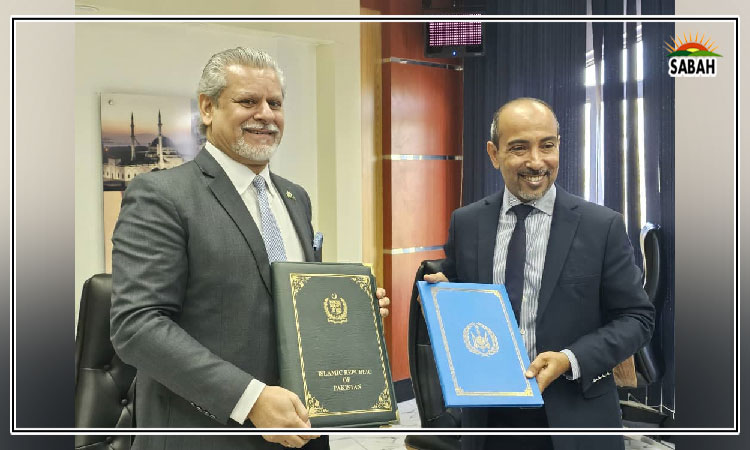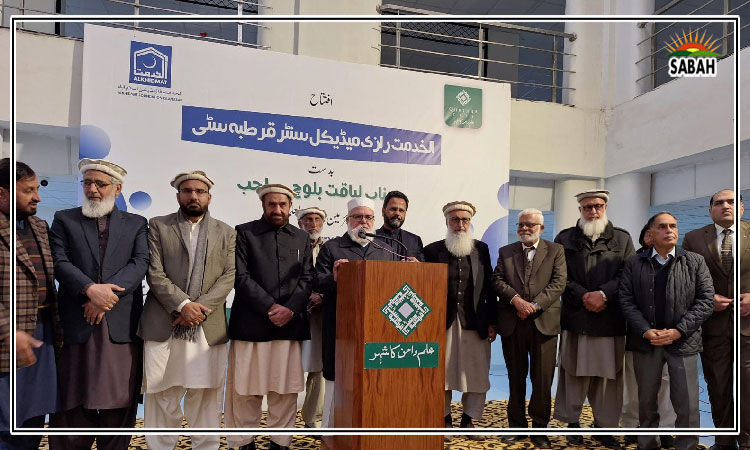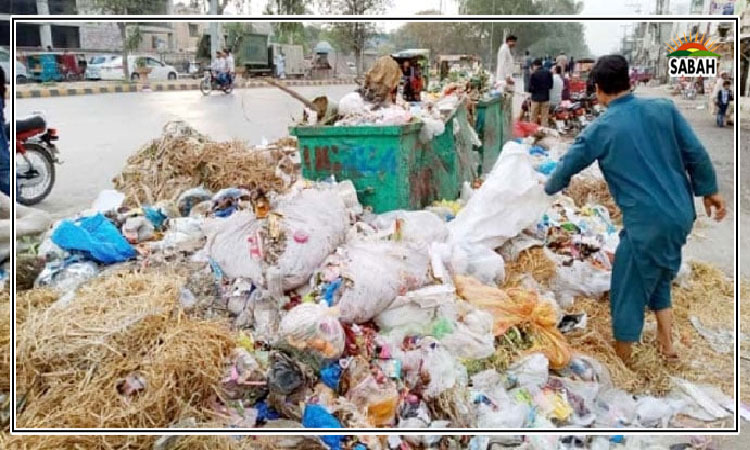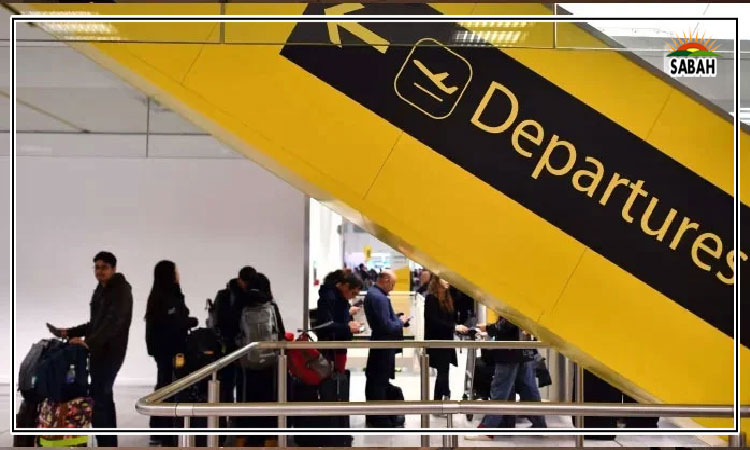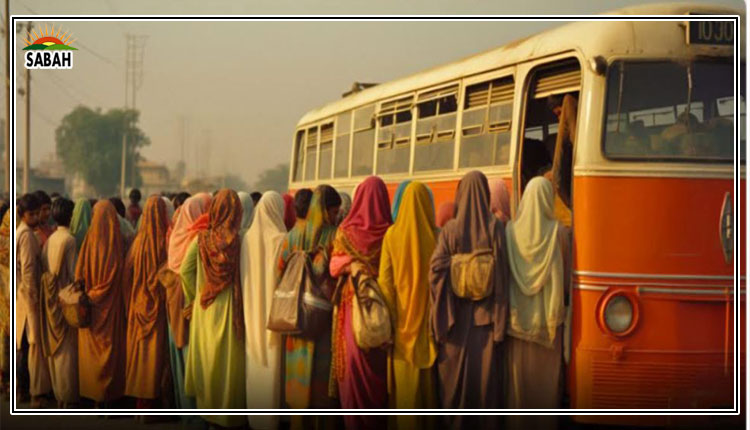Her Steps, Her Success…Rafia Ali
“Public transport is a vehicle for women’s economic empowerment, providing the mobility needed to achieve their aspirations and contribute to the economy.”
Public transport is described as a lifeline for many individuals, particularly those who cannot drive or do not have access to personal vehicles, including youth, older adults, and low-income individuals. For women in Pakistan, public transport is crucial for reaching jobs, educational institutions, healthcare facilities, and social activities. Without adequate transport options, women face substantial barriers to accessing economic opportunities. The availability, affordability, accessibility, acceptability and safety of public transport significantly influence women’s travel patterns and their ability to participate in the economy.
Empowering women in Pakistan through improved public transport can significantly contribute to economic growth. By facilitating women’s access to the labor market, the country can harness the potential of its female workforce, leading to increased productivity and economic resilience.
How public transport fuels women’s progress? The infrastructural design, the operating procedures, and the transport services are some of the components that make up the transport system. Numerous national characteristics such as regional specifics, income levels, normative values, legal frameworks, and policy contexts, have an impact on this system. In addition, individual characteristics like gender, age, personal income, family responsibilities, and physical capabilities influence it, as can community elements like local institutions and social norms.
Mobility requirements and decisions, such as travel habits and mode selection—using private or public transportation—are greatly impacted by these interactions. These elements are extremely important in determining women’s goals and choices about labor force participation, whether in salaried or self-employment. In addition to one’s own mobility, the state of the labor market affects employment decisions. These factors include the availability of jobs, work flexibility, and the existence or nonexistence of discrimination based on gender. These more extensive connections with the transport system are just as important in shaping women’s employment results as the demand side of the labor market.
Gender differences in mobility patterns, highlighting that women often encounter unique challenges when using public transport, including safety concerns, harassment, and inadequate infrastructure. These challenges can deter women from traveling alone or at certain times, limiting their ability to seek employment or education.
In Pakistan, despite women achieving higher educational attainment than men—with 10.17% of women having at least a Bachelor’s degree compared to 7.08% of men, 3.96% holding a Master’s versus 3.03% of men, and 0.096% earning a Doctorate compared to 0.009% of men—their participation in the labor force remains strikingly low. In 2021, only 24.53% of women aged 15 and above were active in the labor market, compared to 80.66% of men. This disparity underscores one significant barrier, such as inadequate public transport and cultural norms, that hinder women’s economic empowerment in Pakistan. Addressing these barriers could unlock a wealth of untapped potential and drive economic growth.
Women’s mobility in Pakistan is hampered by a number of major issues. Structural barriers such as gender norms, family responsibilities, and societal expectations often limit women’s economic participation. For instance, women may face stigma or disapproval for using public transport without male accompaniment, which can discourage them from venturing out independently. Harassment and safety concerns on public transport often lead to anxiety about solo travel or traveling during off-peak hours, severely limiting their freedom. This problem is made worse by societal views that discourage womenand pressuring them to live up to traditional norms, discouraging them from using public transport independently. The cost of public transport also presents a significant obstacle for low-income women, restricting their access to work and education, and deepening economic disparities. Such factors can create additional barriers, making it even more difficult for women to access economic opportunities.
Moreover, Pakistan’s public transport systems lack essential infrastructure for women, such as well-lit waiting areas, safe and secure transport options, and accessible routes. The societal stigma against women traveling alone further limits their mobility, creating a cycle of restricted freedom and economic opportunity. Improving public transport to address these barriers is crucial for empowering women and fostering economic equality.
Considering the obstacles that women encounter, a number of specific proposals have been made to enhance women’s economic involvement and mobility using public transport.Enforcing safety protocols on public transportation, such as increased surveillance, improved lighting, and dedicated women-only options, is vital for a safer environment for female passengers. The enhancement of public transport infrastructure is crucial for ensuring accessibility and inclusivity for women, encompassing the creation of safe waiting areas, accessible routes, and reliable services. The participatory approach to public transport planning and decision-making can effectively address the needs and concerns of women, which will result in more practical solutions. Awareness campaigns are crucial for challenging societal norms and promoting women’s mobility for economic empowerment, thereby shifting public perceptions and fostering greater acceptance of independent public transport use. Context-specific solutions for women’s transportation are crucial, as policymakers must consider local cultural and social dynamics when designing transport systems.
Policymakers in the Pakistan should take note that by prioritizing women’s mobility when planning and investing in public transit, governments can create an environment that supports both gender equality and economic progress.
This is a call to action for interested parties to work together to create customized solutions that meet the particular difficulties women have when using public transit.






